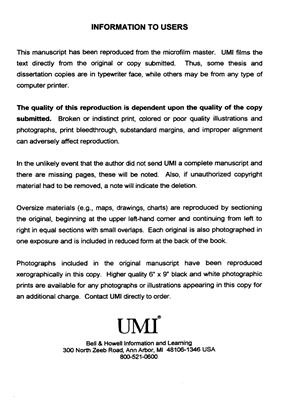Abstract
It is a practical approach to store energy in building materials by incorporating Phase Change Materials (PCMs) into their structures. The intend of this present work is to address this achievement. Concrete blocks (both regular and autoclaved), the widely used construction material, were selected as ideal
candidate for the experimental evaluation. Followed by previous laboratory work, both Butyl Stearate (BS) and Paraffin (PAR) were selected as PCM due to the fact that they are representing the lower and higher melting temperature ranges.
The weight percentages vary with different PCMs and the types of block; furthermore, the adopted incorporating technique is by immersing. The experimental studies were conducted in a thermally insulated wooden box. Twelve identical blocks were laid contiguously to allow continuous air flow through the tunnels formed by their hollow cores. In addition, their temperatures were recorded by digital data logger. Heating and cooling cycle were provided by two sets of microcomputer controlled air conditioning systems. Three different heating and cooling temperature ranges were applied on different combinations. The mean air flow velocities were also set between 2 to 3 m/s. The results showed that:
- Paraffin impregnated autoclaved blocks CAP) present the highest total storable heat to storable sensible heat in block ratio;
- the appropriate heating and cooling temperature ranges should be set according to the melting and freezing points of the PCM;
- it is possible to predict the required charging and discharging time for a designated heating and cooling process.
The results exhibited the concept of latent beat storage in concrete blocks is workable and that a higher amount of heat can be stored.
It is a practical approach to store energy in building materials by incorporating Phase Change Materials (PCMs) into their structures. The intend of this present work is to address this achievement. Concrete blocks (both regular and autoclaved), the widely used construction material, were selected as ideal
candidate for the experimental evaluation. Followed by previous laboratory work, both Butyl Stearate (BS) and Paraffin (PAR) were selected as PCM due to the fact that they are representing the lower and higher melting temperature ranges.
The weight percentages vary with different PCMs and the types of block; furthermore, the adopted incorporating technique is by immersing. The experimental studies were conducted in a thermally insulated wooden box. Twelve identical blocks were laid contiguously to allow continuous air flow through the tunnels formed by their hollow cores. In addition, their temperatures were recorded by digital data logger. Heating and cooling cycle were provided by two sets of microcomputer controlled air conditioning systems. Three different heating and cooling temperature ranges were applied on different combinations. The mean air flow velocities were also set between 2 to 3 m/s. The results showed that:
- Paraffin impregnated autoclaved blocks CAP) present the highest total storable heat to storable sensible heat in block ratio;
- the appropriate heating and cooling temperature ranges should be set according to the melting and freezing points of the PCM;
- it is possible to predict the required charging and discharging time for a designated heating and cooling process.
The results exhibited the concept of latent beat storage in concrete blocks is workable and that a higher amount of heat can be stored.

